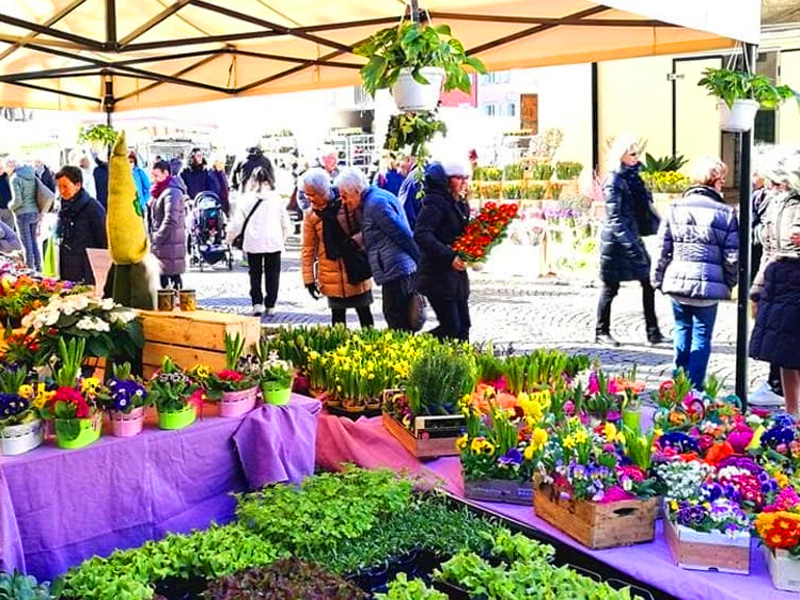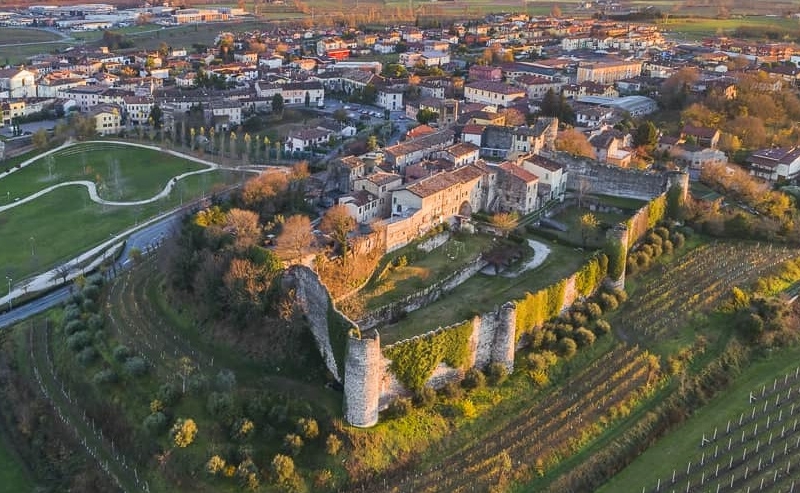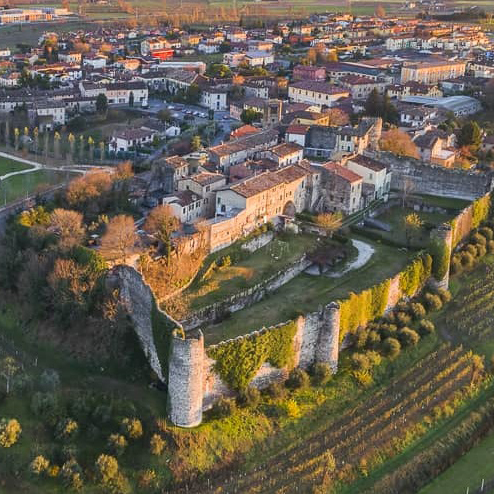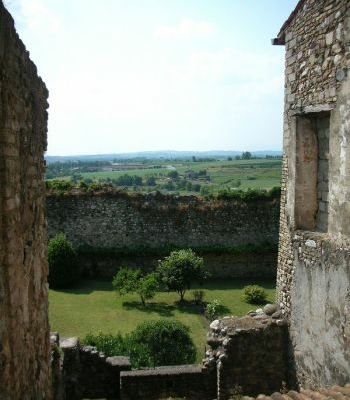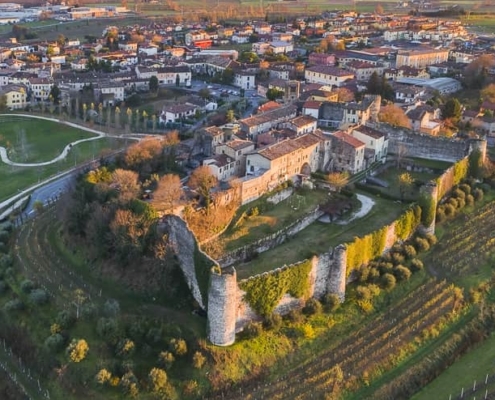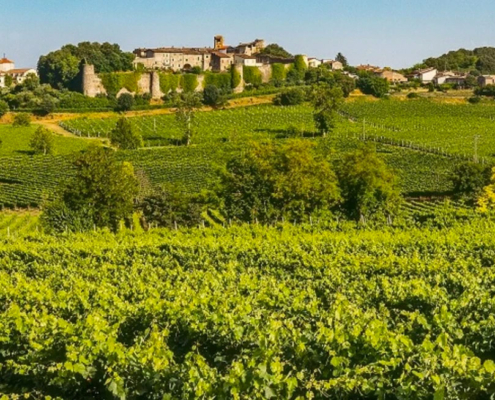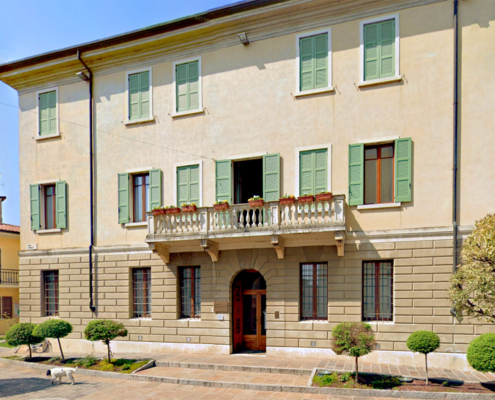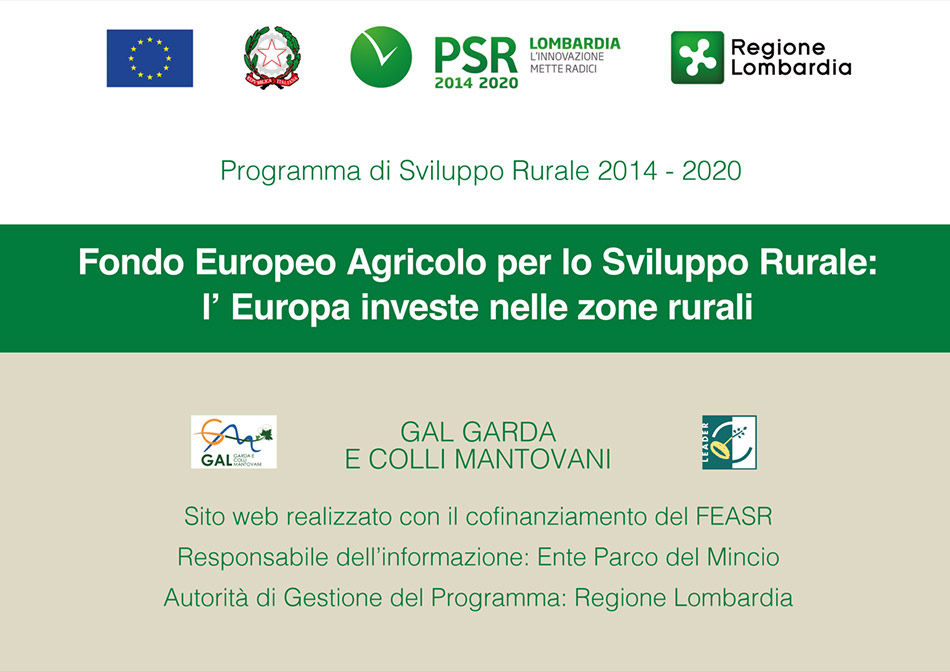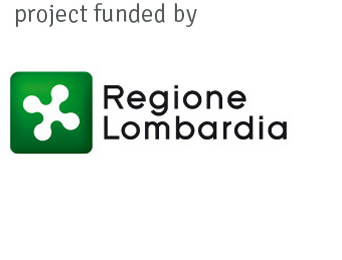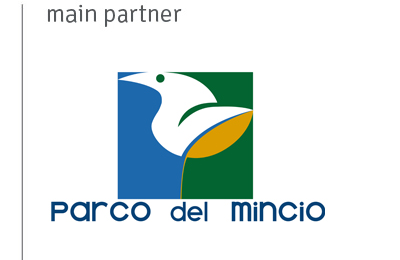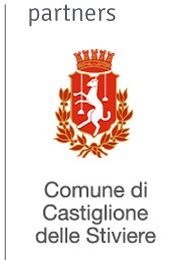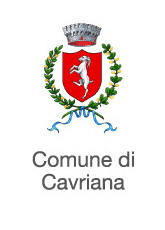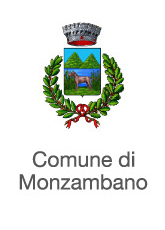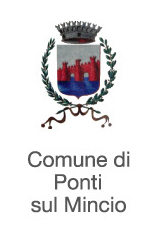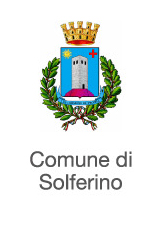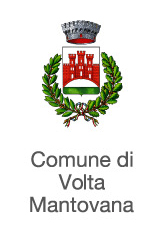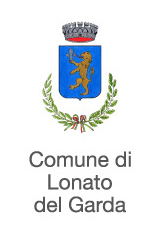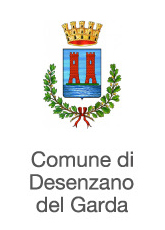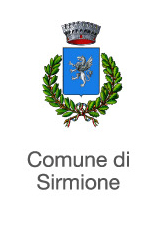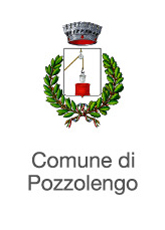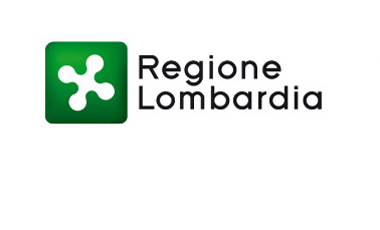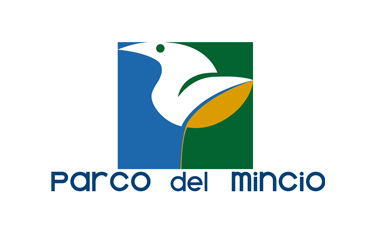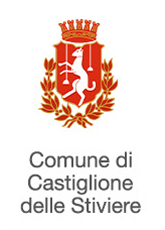![]() – Pozzolengo
– Pozzolengo
The territory
The Municipality of Pozzolengo has 3607 inhabitants (Pozzolenghesi), has an area of 21.1 square kilometers and is located 135 meters above sea level. Natural and last balcony on the expanse that hosts the “Lugana” wine-growing area, Pozzolengo lies among the Morainic Hills on the border between the provinces of Brescia, Mantua and Verona, alternating plateaus with small hills, rows of poplars, willows, plane trees and elms to wetlands, including the enchanting Mantellina lakes, rich cultivations of spontaneous vegetation. The proximity of Lake Garda softens the climate and allows the development of different vegetative and faunal species. Also characteristic for its food and wine productions including Pozzolengo biscuits, De.co moraine salami, Lugana Doc wine and last but not least Pozzolengo saffron, niche and very high quality production. The municipality is dominated by the mighty Castle, built on the top of Monte Fluno around the year 1000, inside which there is a fortified medieval village still inhabited today, and from which you can admire the Don Giussani Park below. Numerous cylindrical towers are inserted into the curtain wall with Guelph battlements, especially on the west and south sides, while on the north side there is a square tower (Mastio), which houses the entrance to the Castle. One of the cylindrical towers has been used as a bell tower since the 15th century. Inside the Castle you can admire the remains of the Church of San Lorenzo martyr, protector of plague victims, which features fragments of a medieval fresco from the 1300s that covered the apse, depicting Christ together with the evangelists Mark and John. The Castle has recently been enhanced thanks also to the redevelopment works of the internal streets completed by the Municipal Administration.
In Pozzolengo we must not forget: the parish church of San Lorenzo, built in 1510, which, located in the center near Palazzo Gelmetti, now the municipal seat, houses an Antegnati organ from the 1600s and paintings of great artistic value. Behind the church the oratory was built in 1966 by the then parish priest Don Armando Scattolini. A new concrete playground was named after him in 2016, a place where events, community and Christian education activities for children, teenagers, young people and families take place today. The Residenza Piavoli, currently owned by the Piavoli family, was once the residence of one of the most important families of Pozzolengo, the Gelmetti. They lived in this magnificent palace towards the end of the 1700s after moving there from their home inside the manor. During the restoration work of the small church in Castello – which features frescoes from the 1300s – a stone was found whose overwritten engraving confirmed the power of the Gelmetti family in Pozzolengo in those years. This stone is now found in the apse of the small church.
Palazzo Piavoli features frescoes and architectural structures from the 19th century.
Another example of a historic villa in Pozzolengo is Villa Albertini with Piazza Don Gnocchi in front; ancient residence located in the heart of the town, it was received with a bequest from the Don Carlo Gnocchi Foundation and has been completely renovated thanks to an agreement with the local Municipal Administration. The “Villa Albertini” residential community is now housed inside. A large porch, an internal garden and a splendid terrace overlooking a park with a medieval castle view offer guests the opportunity to enjoy large open spaces.
The Abbey of San Vigilio was built in 1104, subsequently perfectly restored and is now located inside the Chervò Golf Hotel and Resort San Vigilio (an important tourist and sports facility in the town). The church can be visited, and Holy Mass is celebrated there every Sunday. It was built in 1104 by Benedictine monks and is one of the best preserved religious monuments of that era in the area. In fact, the church with the bell tower and inside the portico and courtyard of the ancient convent still exist. It is a complex renovated after 1443, when the Venetian Pietro Lippomano was abbot, since in the previous centuries, the abbey had suffered very serious damage. The rebuilding ended in 1481.
At the beginning of the 17th century, the town of Pozzolengo was among the most flourishing in the area. Three decades later, however, during the battle of Mantua and Monferrato, Pozzolengo suffered a terrible siege by the landsknechts, violent mercenary soldiers who arrived in Italy to support the Spanish troops against France, led by the bloodthirsty Count Rambaldo of Collalto. They, after having exterminated the Venetian militias in Goito, entered Peschiera del Garda, which was conquered and put to fire and sword. After Goito and Peschiera, the barbarians’ next stop was Pozzolengo. After a few days of siege on the castle walls where the inhabitants had taken refuge, they managed to repel the landsknechts, inflicting significant losses on them. The operation was praised with an autographed commendation from Doge Nicolò Contarini. It was June 14, 1630. Subsequently, the Doge of Venice also praised the population of Pozzolengo for their stoic resistance. In the nineteenth century Pozzolengo was the scene of the Risorgimento battles which led to the independence and unification of Italy and, in particular, of the battle of San Martino and Solferino on 24 June 1859: fought between the Austrian and Franco-Sardinian armies which the Second Italian War of Independence ended. It was the largest battle, after that of Leipzig in 1813, with the participation of over 230,000 soldiers.
Good to know


